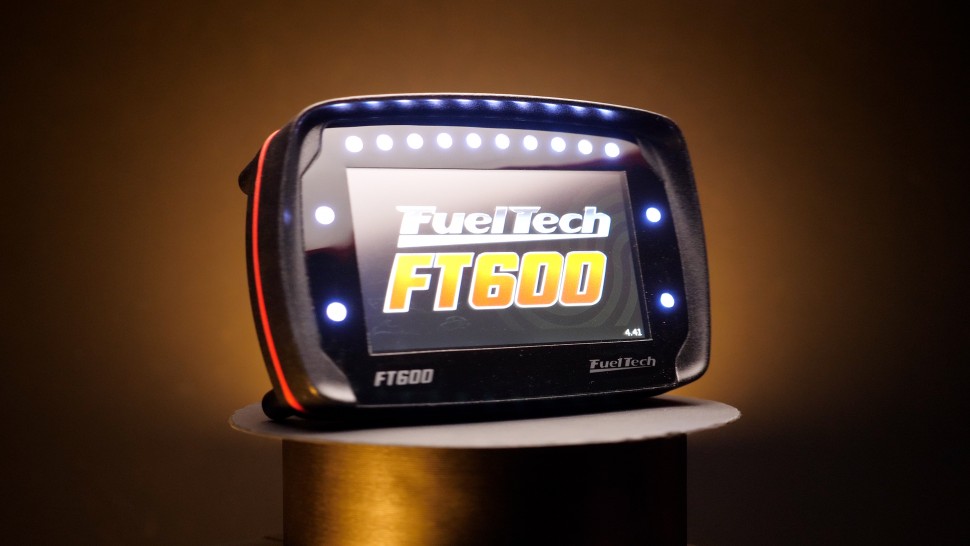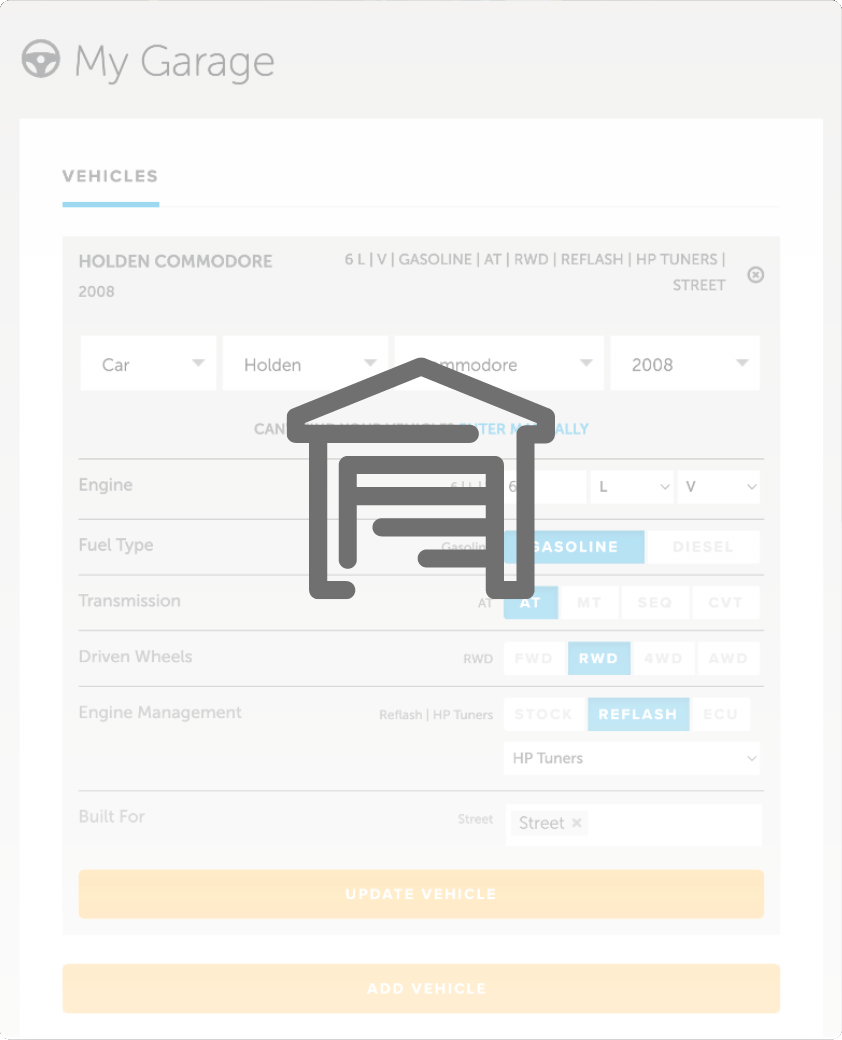| 00:00 |
- Now that we have a better understanding of what inputs and outputs are available to the ECU, let's have a look at how we, as tuners, can actually talk to the ECU and adjust it to get the results we want.
|
| 00:11 |
While every brand of ECU has its own unique software, the principles remain the same so let's have a look at the most common tables.
|
| 00:19 |
While there are a lot of similarities in how we address the tuning in aftermarket standalone ECUs, reflashing an OE ECU can vary a little more and we'll address this in a separate module, shortly.
|
| 00:30 |
The first table we're going to look at is the fuel table.
|
| 00:33 |
This is where we're going to be spending a lot of our time tuning because it tells the ECU how much fuel needs to be injected to achieve the correct air fuel ratio.
|
| 00:43 |
This table is 3-dimensional with engine RPM on one axis and engine load on the other.
|
| 00:49 |
The load signal will depend on the sensor we're using here.
|
| 00:52 |
As we saw in the EFI Components module, options include MAF, MAP or TPS data.
|
| 00:58 |
Now we have a table which represents the full range of the engine's operating envelope, everywhere from cranking and idle through to maximum power and maximum RPM.
|
| 01:08 |
This lets us very accurately adjust the required fuel injection in each zone to get whatever air fuel ratio we have decided on.
|
| 01:17 |
The other table we're going to spend a lot of time tuning is the ignition table.
|
| 01:20 |
This is similar to the main fuel table, but this time it includes the ignition advance angle in crankshaft degrees.
|
| 01:27 |
This represents the point in the engine cycle that the spark plug will fire and initiate combustion.
|
| 01:33 |
We're going to learn more about ignition timing and how to tune this a little later, so you don't need to worry much about it right now.
|
| 01:40 |
The numbers in the ignition table are degrees of crankshaft rotation relative to TDC on the compression stroke.
|
| 01:47 |
Typically, we'd have the ignition event occur before the piston reaches TDC and this is represented by a positive number in the table.
|
| 01:55 |
In some unique situations, we may want to have the ignition event occur after the piston has moved past top dead centre and this would be represented by a negative number.
|
| 02:05 |
So now, you should be familiar with the two tables that you're going to spend the largest portion of your time working on when you're actually tuning the engine.
|
| 02:13 |
Of course, there are a number of other tables, as well, that will make compensations to both of these tables and we'll be looking at these shortly.
|





